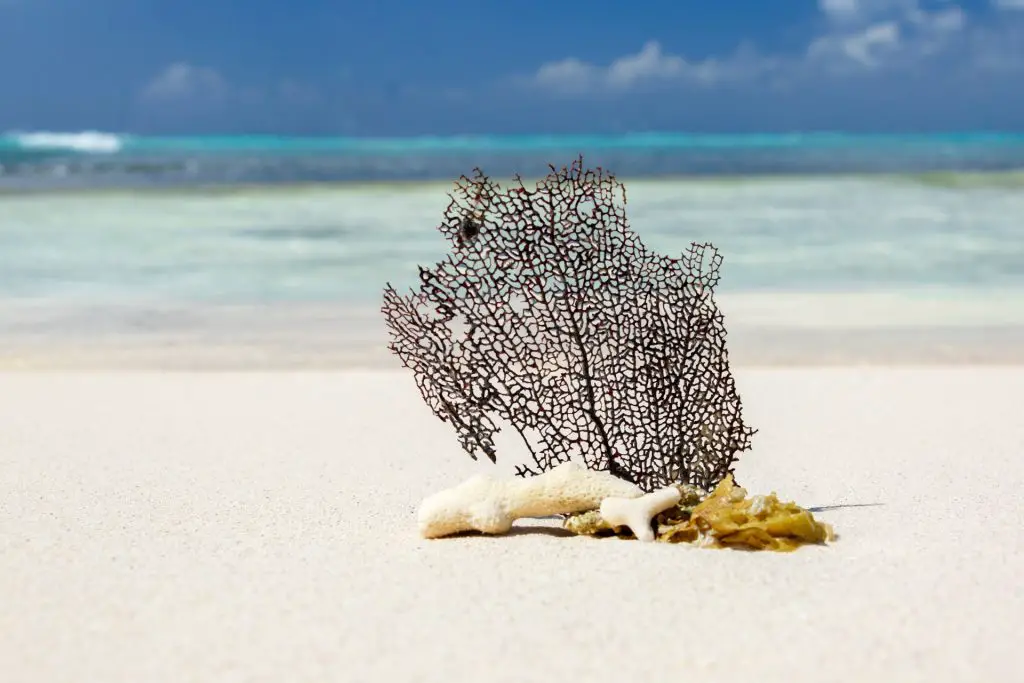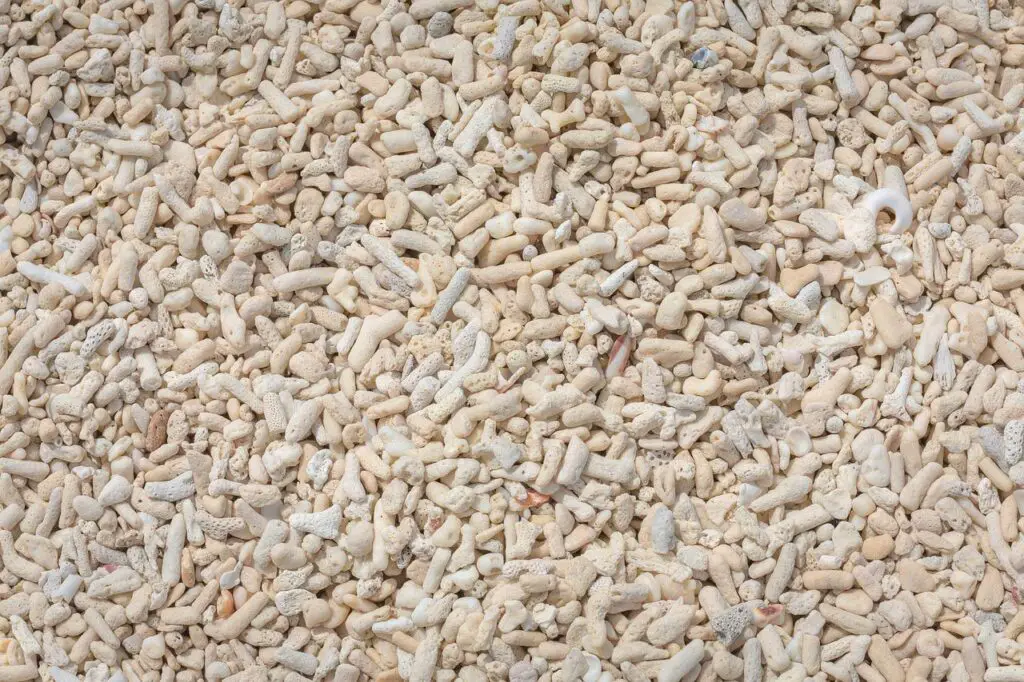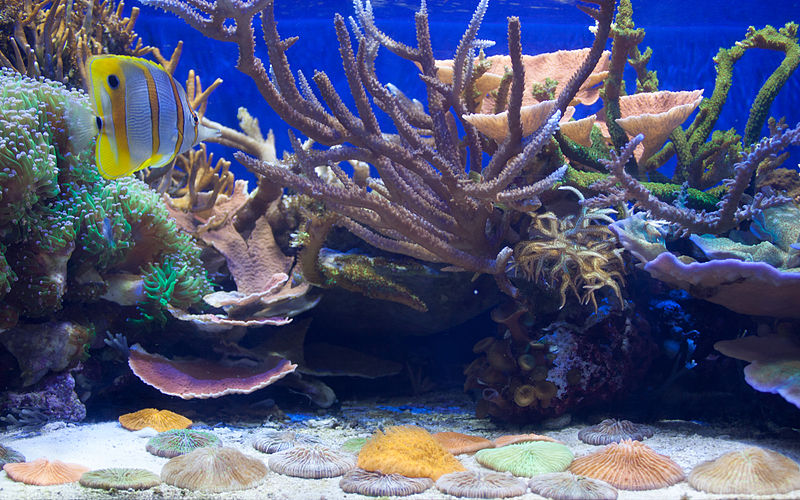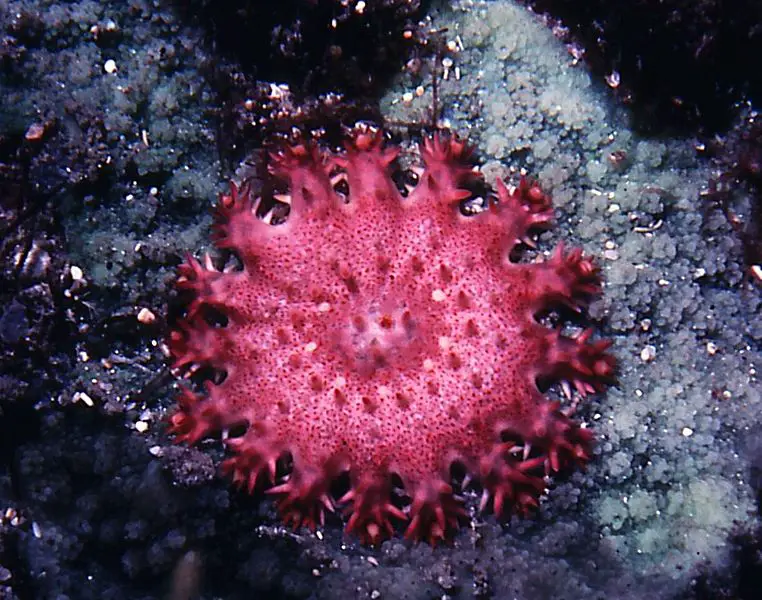Striking the right balance in your aquarium’s pH levels is integral for the health of your aquatic pets. If you’re grappling with the question, “How much crushed coral to raise pH?” the answer depends on several factors, including the initial pH of your water and the size of your aquarium. Crushed coral, known for its pH level regulation abilities, is an effective pH buffer agent.
However, determining the correct crushed coral quantity for pH elevation requires careful consideration and a methodical approach. Let’s explore how you can ensure your aquatic haven has the perfect conditions for its inhabitants.
The Role of Crushed Coral in pH Management

As an aquarist striving for the right balance in your aquarium, you may have considered using crushed coral to raise pH levels.
Understanding how crushed coral functions can guide you toward better pH management in your aquatic environment. This natural remedy for acidic conditions is an elegant addition to your tank’s aesthetic and essential for maintaining water quality.
What is Crushed Coral?
Crushed coral comprises the skeletal remains of marine organisms and primarily comprises calcium carbonate. It is a coral substrate for pH adjustment that gradually dissolves in low-pH water, subtly raising the pH to a more desirable alkaline level. By steadily releasing minerals, it helps in fostering a more stable environment for your aquarium inhabitants.
Crushed Coral vs. Other pH Adjusting Methods
When comparing crushed coral requirements for pH enhancement to alternatives like baking soda (sodium bicarbonate), it’s important to note the longevity and consistency crushed coral offers.
Baking soda can provide a rapid pH increase, but such a quick shift can be jarring for aquatic life and may lead to instability in water parameters. On the other hand, crushed coral promises a more enduring and less volatile route to pH adjustment.
| Adjustment Method | Timeframe of Effect | pH Stability | Recommended for |
|---|---|---|---|
| Crushed Coral | Gradual (Days to Weeks) | High | Long-term pH management |
| Baking Soda | Rapid (Hours) | Low | Immediate pH correction |
Guidelines for Using Crushed Coral
Determining the Right Amount

When calculating a crushed coral amount for PH raise, consider both the size of your aquarium and the current acidity of its water. A starting point might be as small as four tablespoons for a 29-gallon tank, which has been reported to raise pH levels to around 6.8.
Less than a tablespoon may suffice for smaller tanks, such as a 5.5-gallon tank. The key is introducing crushed coral in minute quantities, testing the water’s pH regularly, and fine-tuning the amount incrementally to achieve the optimal environment for your fish.
Step-by-Step Guide to Adding Crushed Coral
Applying the optimal crushed coral quantity for pH enhancement involves a controlled and gradual process. Follow this guide to ensure that your approach is both scientific and safe:
- Start Small: Begin with a conservative amount of crushed coral, such as a tablespoon, especially if you have a smaller tank.
- Place in Filter: Add crushed coral directly to your tank’s filter for the best results. This enables a consistent and even distribution as water passes through.
- Monitor pH Levels: Test your aquarium’s pH daily using a reliable testing kit to observe any incremental changes.
- Adjust Gradually: Based on your pH monitoring, decide whether to add more crushed coral. It’s crucial to give time between adjustments for the coral to affect the water chemistry.
- Maintain Consistency: Once you reach the desired pH level, continue regular monitoring to ensure stability. Repeating this process weekly can help maintain the perfect balance for your aquarium.
Remember, achieving the amount of crushed coral for pH adjustment is a delicate process. It’s better to err on caution and add coral incrementally than to add too much and cause a drastic pH swing.
This measured approach is critical in establishing a stable and flourishing aquatic environment for your beloved underwater community.
Monitoring and Adjusting pH Levels
Tools for pH Monitoring
You must employ accurate pH testing methods to ensure crushed coral effectively manages your tank’s pH levels. Standard pH testing kits are reliable for routine checks, while high-quality pH monitors and electronic meters offer a more detailed analysis.
These tools provide vital data to judge the performance of the crushed coral usage guidelines for pH elevation you’ve implemented and are critical for ongoing assessments of your aquarium’s health.
Interpreting pH Test Results
It’s not about hitting a precise number on the pH scale but ensuring a constant state most conducive to your fish’s well-being. Stable pH levels indicate that the crushed coral is appropriately performing its buffering action.
A good practice is to conduct pH tests weekly, allowing the crushed coral to naturally balance out pH variations without causing drastic swings that could stress your aquarium inhabitants. Remember, stability trumps everything when aiming for long-lasting equilibrium in your tank’s ecosystem.
Impact of Crushed Coral on General Hardness (GH) and Carbonate Hardness (KH)
When considering how to use crushed coral for pH adjustment in your aquarium, it’s important to recognize its dual role in enhancing both General Hardness (GH) and Carbonate Hardness (KH).
This multifaceted approach assists in adjusting pH levels and fortifies the overall water stability, making crushed coral a crucial addition to any tank aiming for balanced water chemistry.
Effect of Crushed Coral on GH Levels
Introducing crushed coral to your aquarium significantly influences GH by supplying essential minerals the water may lack. These minerals, predominantly calcium and magnesium, are critical for the growth and health of aquatic plants and animals.
Incorporating crushed coral naturally elevates the GH, subsequently enhancing the buffering capacity, which is vital for the well-being of your tank’s ecosystem.
Influence on KH Levels and Stability
Alongside its impact on GH, crushed coral also serves as a natural pH buffer by elevating KH levels. Increasing KH is pivotal in stabilizing your aquarium’s pH, preventing sudden shifts that could harm your aquatic life.
Proper use of crushed coral ensures a steady pH level, thwarting the potentially harmful effects of low KH, such as the dreaded “old tank syndrome.” By diligently monitoring and adjusting your aquarium’s KH and GH in tandem with pH levels, you safeguard the longevity and vitality of your aquatic environment.
Long-Term Maintenance and Considerations
Ensuring the enduring health of your aquatic ecosystem requires vigilant long-term crushed coral maintenance. As an aquarist, it’s important to recognize that while crushed coral effectively manages water conditions, it is not a set-and-forget solution.
Regular assessments of the system’s balance will inform you when to replace crushed coral for pH stability. Let’s dive into the maintenance rhythms and the careful stewardship needed to keep your aquarium thriving.
When to Replace Crushed Coral

Crushed coral plays a pivotal role in maintaining your aquarium’s pH levels. However, over time, its effectiveness can wane. The timeline for replacement often falls between three to six months, as the coral accumulates insoluble materials, such as phosphates, inhibiting its buffering capabilities.
This phenomenon underscores the need for routine replacement to ensure continuous pH stability. A prudent approach is to monitor the performance of the coral substrate, replacing it when you notice a deviation from the desired pH levels.
Managing Crushed Coral in Aquarium Filtration
Effective management of coral substrate in filtration systems is key to long-term aquatic health. Placement is critical; ensure that the coral is situated within an area of high flow to optimize its efficacy. During regular filter maintenance, prioritize rinsing the crushed coral to prevent clogging and ensure it remains functional.
Remember that it’s not solely about pH; vigilance in monitoring general hardness (GH) and carbonate hardness (KH) is just as crucial. These parameters will indicate when managing and possibly replacing the crushed coral should occur to maintain the delicate equilibrium required for a prosperous tank environment.
Addressing Common Questions and Misconceptions
In the quest for perfect aquarium conditions, aquarists often encounter various theories and advice regarding using crushed coral for pH regulation. It’s essential to separate fact from fiction to achieve the desired aqueous harmony without inadvertently disrupting the aquatic environment.
Engaging with the recommended crushed coral dosage for pH control and exploring frequently asked questions can offer clarity and direction.
Debunking Myths About Crushed Coral
One prevalent myth is that crushed coral application for pH adjustment will produce excessively high pH levels. However, empirical data indicates that crushed coral naturally buffers the pH to an equilibrium, typically between 7.6 and 7.9, far from the idea of extreme alkalinity.
Moreover, it’s crucial to recognize that crushed coral can stabilize pH levels but does not inhibit ammonia fluctuations. Therefore, aquarists must maintain due diligence in monitoring their tanks’ ammonia levels and subjugate the pH.
FAQs About Crushed Coral and pH Balance
Aquarists commonly inquire about incorporating crushed coral for alkaline water conditions or pH regulation in various biomes. The concerns span from the quantity required for different tank sizes to the duration of its effectiveness.
Truthfully, the insertions and impacts of crushed coral are nuanced and specific to each aquarium’s characteristics. Here’s a concise Q&A to aid in your understanding:
- How much crushed coral is recommended for pH control? It’s generally advisable to start with small amounts, such as a tablespoon for a small tank, and adjust as necessary while monitoring pH levels.
- Will crushed coral affect fish from soft water environments differently? It’s crucial to use coral in moderation for soft water species, as they may not require as significant a pH shift as those from hard water habitats.
- How often should crushed coral be replaced? On average, crushed coral remains effective for three to six months. However, this can vary, and monitoring your water parameters for signs that it’s time to refresh your supply is essential.
Conclusion
Embarking on the journey of aquascaping and fishkeeping often leads to the issue of pH balance, a critical aspect of aquarium management that cannot be overlooked.
The key to a vibrant and healthy aquarium is mastering pH adjustment with crushed coral, which has proven to be a natural and steady aid for aquarists.
By taking control of your tank’s conditions through the optimal amount of crushed coral for pH elevation, you are setting the stage for a thriving aquatic ecosystem.



